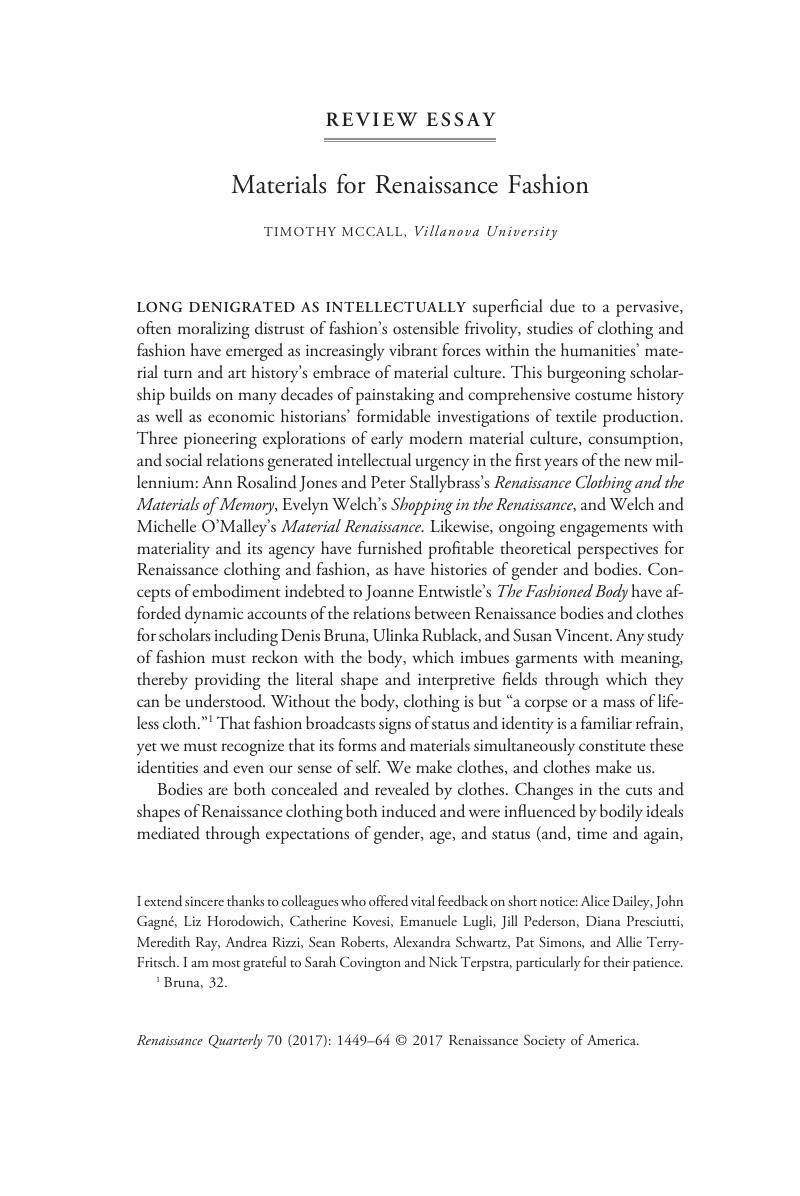Crossref Citations
This article has been cited by the following publications. This list is generated based on data provided by Crossref.
McCall, Timothy
2019.
Bramante'scoro finto, Ex-Votos, and Cult Practice in Sforza Milan.
Renaissance Quarterly,
Vol. 72,
Issue. 1,
p.
1.
McCall, Timothy
2019.
The First Book of Fashion: The Book of Clothes of Matthaeus and Veit Konrad Schwarz of Augsburg edited by Ulinka Rublack and Maria Hayward (Bloomsbury Academic, 2015).
Fashion Theory,
Vol. 23,
Issue. 3,
p.
479.
Lugli, Emanuele
2021.
Fashion’s Measure: Preaching, Chronicle-Writing, and the New Look of the 1340s.
Fashion Theory,
Vol. 25,
Issue. 2,
p.
157.





